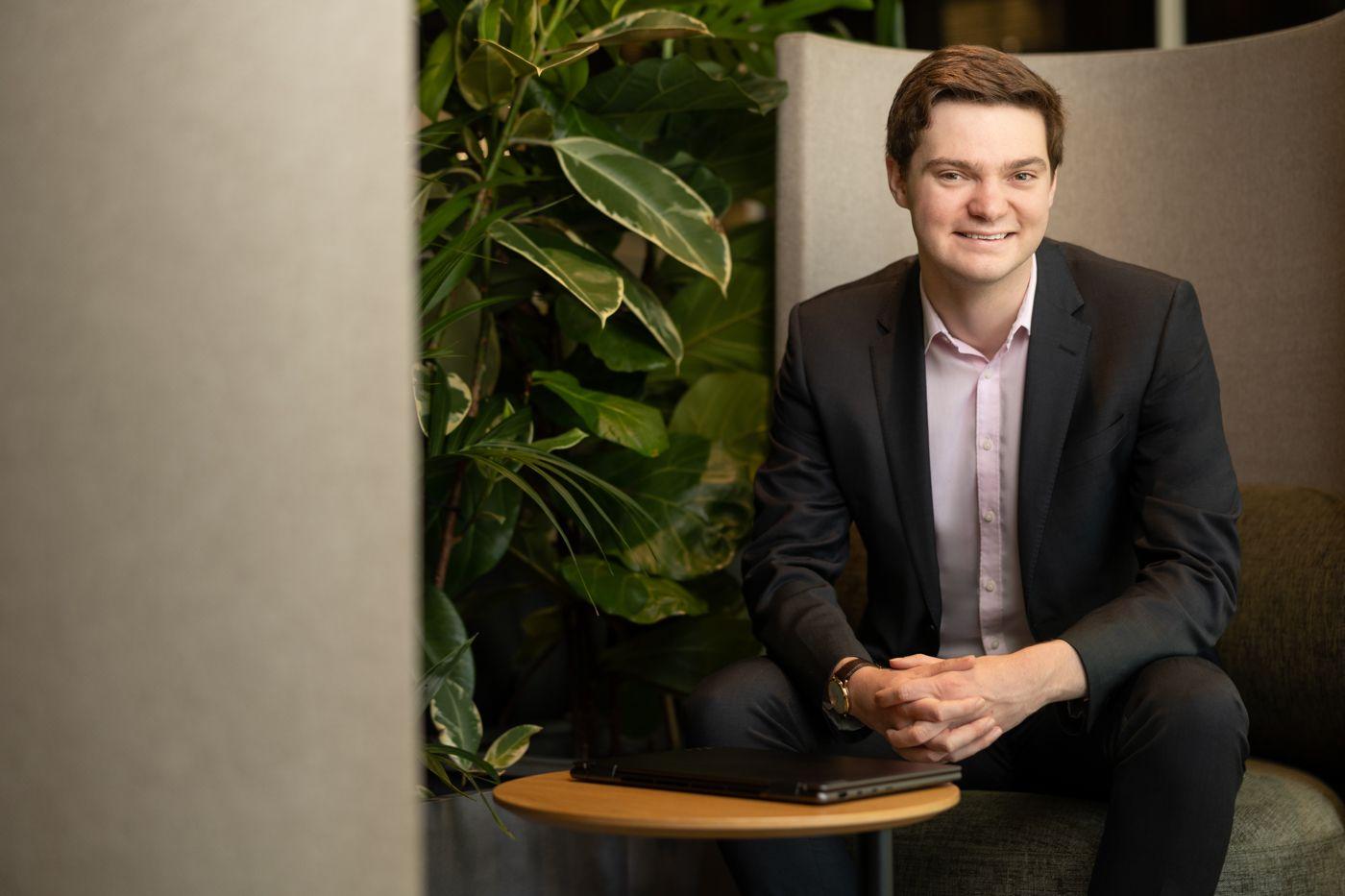
Day in the life of an analyst
09.08.2023 - 11:31
Hear from Canberra-based analyst, Edward Smyth, about what a regular day looks like working at Mandala. If you're interested in working on policy, economics and strategy problems - apply for our graduate program now.
What does a typical day look like at Mandala? Ed Smyth shares a breakdown of how a day looks in the Canberra office.
Ed works on a variety of projects from tech, sustainability, industry policy and more. He brings a keen passion for data analysis and modelling as well as a drive to influence policy outcomes to his work.
Read on to find out what a typical day could look like for Ed...
9 AM
I get into the office around 9 and get ready for the daily project check-in. These are a 15-minute catch-up to align on what everyone is up to and to see how we can help each other.
At Mandala we tend to work on one main project and help on others part time. My main current project is a research piece for a not-for-profit looking at employment outcomes for First Nations peoples.
9:15 AM
After catching up on emails and the news, my task for the day is to look at the industries of employment of First Nations peoples and to develop an understanding of how regional, age and gender variation will intersect with industries of employment.
I will do this by combining ABS data with proprietary job advertisement data and insights from academic literature to write up our briefing for the client.
11:30 AM
A colleague and I visit a stakeholder to present the high-level insights on our previous project related to electric vehicles.
The project looked at the impact of fuel efficiency standards on the market for new vehicles and estimated the net benefits for consumers and the environment. As one of the modellers on the project, I get the opportunity to present our findings to the team.
12 AM
I have lunch with the rest of our Canberra team while participating in an online, firm-wide Learning and Development session on game theory and its implications for policy.
1 PM
A colleague and I meet to discuss the methodology for a new research project. The project will assess the impact of generative AI on the labour market.
1:30 PM
I get stuck into some data analysis for my current project.
3:30 PM
Time to meet with my project team for a problem-solving session.
These are twice weekly meetings with a project team in where the team brings the issues they are having in their analysis for discussion.
Today’s session focuses on explaining some of our findings about First Nations employment. These sessions always centre on the most difficult questions economics/regulatory/policy questions around and are an excellent opportunity to learn and contribute.
5:30 PM
Home for the day
-----------------------------------------
Interested in joining?
Submit your application now!
Read our latest posts

The Value of Online Payments to New Zealand Businesses
Mandala partnered with Stripe on a research report based on the findings of a survey of 200 New Zealand businesses around the value of online payments and opportunities for future innovation.
18 Dec, 2025

Optimising Australia’s Specialist Investment Vehicles for the Net Zero Journey
Mandala, in partnership with IGCC, explores how Australia’s Specialist Investment Vehicles (SIVs) are deploying public capital to accelerate the net zero transition. The report examines the current funding landscape, identifies structural challenges that limit the effectiveness of public investment, and sets out a pathway to evolve the SIV system into a more coordinated, capital-led model aligned with national priorities.
10 Dec, 2025

$160 billion and counting: The cost of Commonwealth regulatory complexity
Our latest research for the Australian Institute of Company Directors (AICD) reveals Australia’s growing regulatory burden. The cost to businesses of complying with federal regulation has risen to $160 billion (5.8 per cent of GDP), up from $65 billion (4.2 per cent of GDP) in 2013. More complex laws are contributing to the increase in costs and redirecting business resources away from growth and innovation. Board time on compliance has doubled from 24 percent to 55 percent in 10 years, while the external legal spend now sits at $16bn up from $6bn in 2010. While the UK, EU, Canada, New Zealand and US are simplifying regulation to drive growth, Australia risks falling further behind without taking immediate policy action.
2 Dec, 2025

Data Centres as Enabling Infrastructure
Mandala’s latest research, commissioned for Data Centres Australia by AirTrunk, Amazon Web Services, CDC Data Centres and NEXTDC, shows that data centres are key drivers of economic growth, renewable energy investment, and sustainable water solutions. The report finds that data centres use relatively modest amounts of energy and water while generating significant economic value, investing in power and water infrastructure that benefits communities, and helping to accelerate Australia’s clean energy transition.
25 Nov, 2025